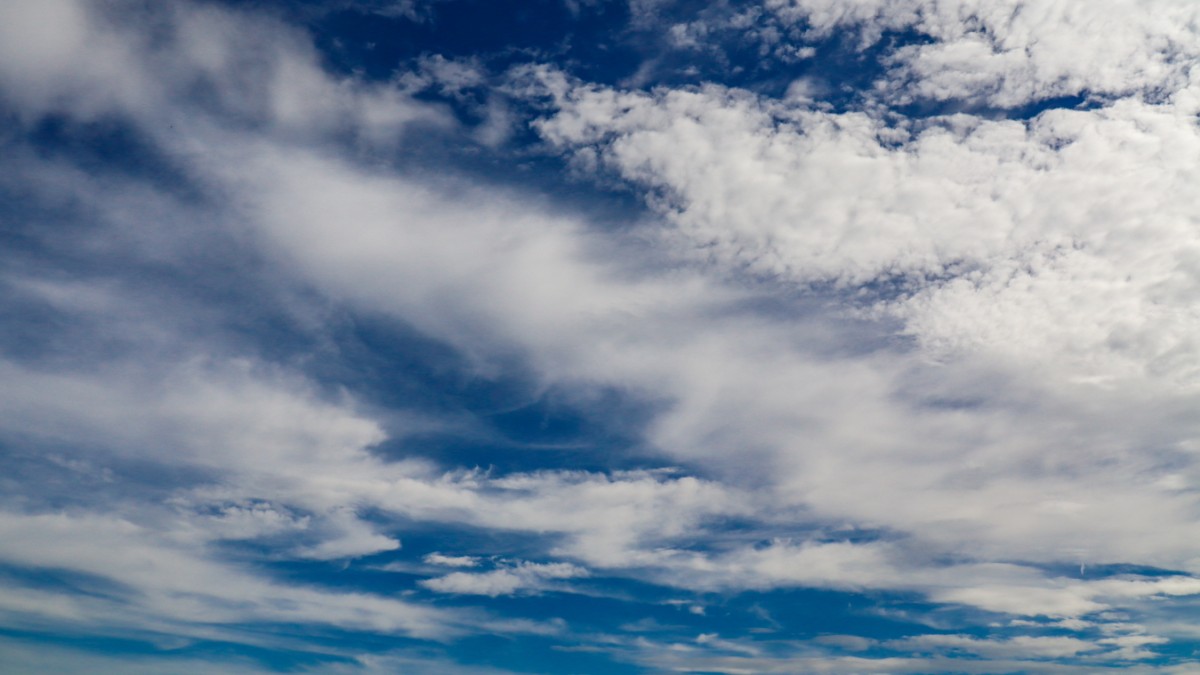You cannot complete a school career without dealing with the earth’s water cycle sooner or later. Mostly artistic diagrams are supposed to promote the process of knowledge, and of course rivers should not be missing, which contribute to transporting the water that once evaporated from the sea and fell over land as rain or snow back into the sea. So much for the earthly part of the matter. But how does the water actually get from A to B on the upper floors? Much more than arrows, creatively labeled with “wind”, does not occur to the diagrams. That doesn’t do justice to the complexity of the atmospheric processes better than if everything that happens below is summarized with “Blubb”.
In fact, there is also a kind of rivers in the sky, which are also called in technical terms: “atmospheric rivers”. They are by no means the only means of transport there. But one of the most interesting because of the immense masses of water they can contain: Globally, celestial rivers, which can be thousands of kilometers long and hundreds of kilometers wide, carry as much water as 27 Mississippi-format rivers; Much of the moisture transport from the subtropics and mid-latitudes towards the poles is due to them. Especially in the western coastal areas of North and South America, South Africa and Europe, they are an important source of moisture, but often also the cause of extreme precipitation and strong winds.
The rivers in the sky could also shape the global pattern of warming
They are invisible to the human eye because they mostly contain water vapor, which only condenses and forms visible clouds when it reaches colder regions or rises up a mountain range. They can only be observed with satellites and radiosondes. How these rivers arise is still very speculative, says Manfred Wendisch from the University of Leipzig. “But it is very plausible that they will become more intense with global warming.” Eventually, it brings more moisture and energy into the atmosphere.
In a recently in Nature Climate Change published work, Seung Baek and Juan Lora from Yale University modeled the development of celestial rivers: According to this, air pollution had previously had a weakening effect that offset the intensifying effect of warming. In the coming decades, however, global warming is likely to trigger a “steep intensification”: The celestial rivers could therefore flood more often. Which then, under certain circumstances, can also produce extreme precipitation and floods further down.
But there is another reason why it is worth keeping an eye on the development of the celestial rivers: They could shape the pattern of warming, because some of them extend far to the north. “You have to imagine atmospheric rivers like hoses,” says Wendisch. “You can inject moisture like a syringe, which can then spread throughout the Arctic.” Heat and water vapor slosh into the Arctic, which acts as a greenhouse gas and also forms clouds. They cover the region like a warm blanket. Such processes could help the Arctic warm up particularly quickly.
– .


